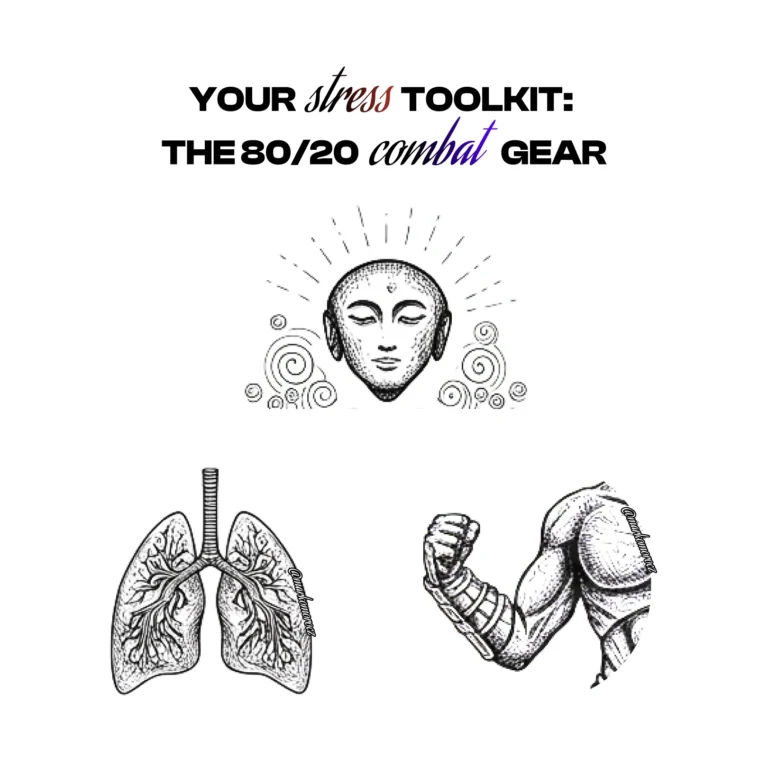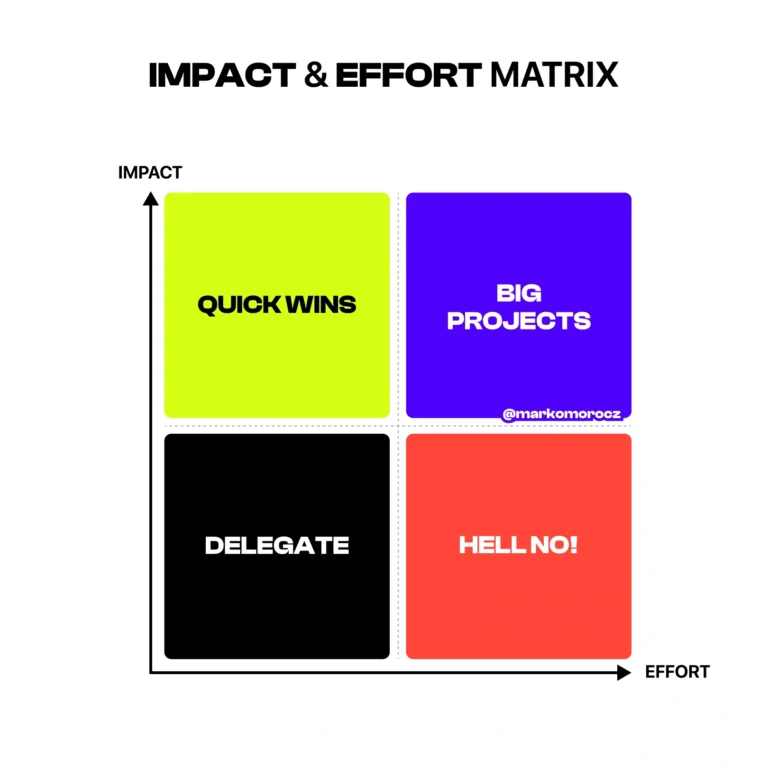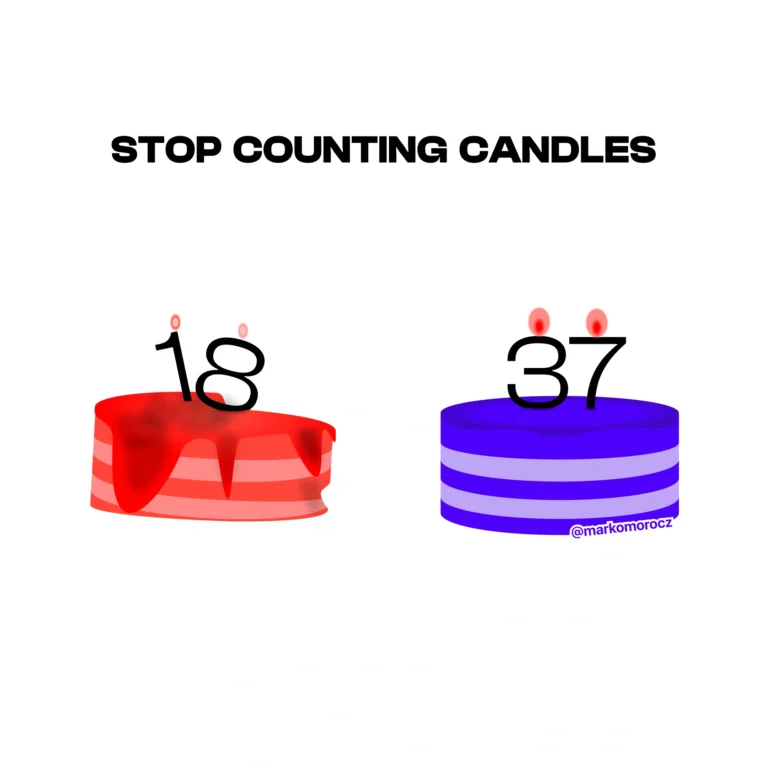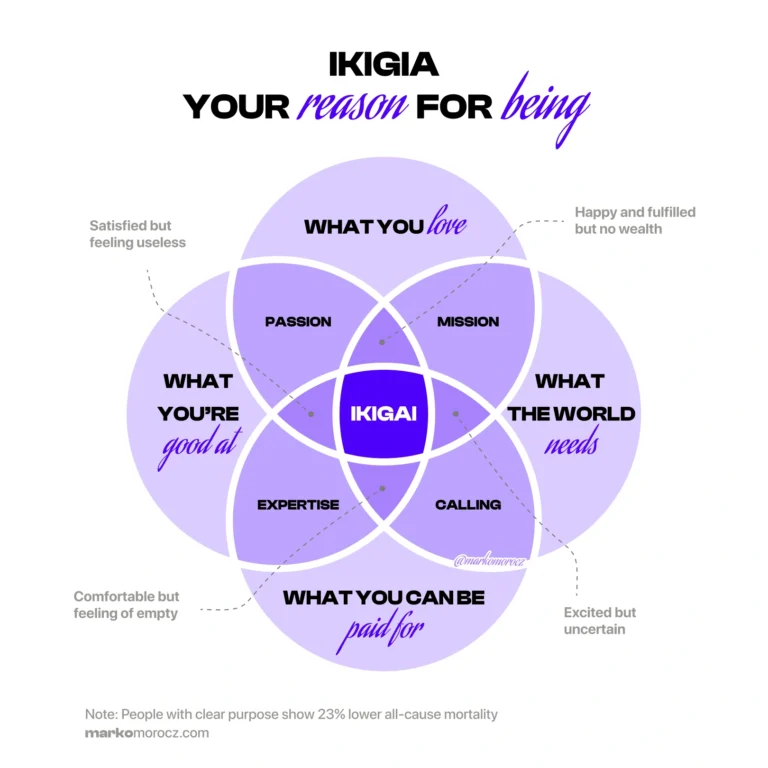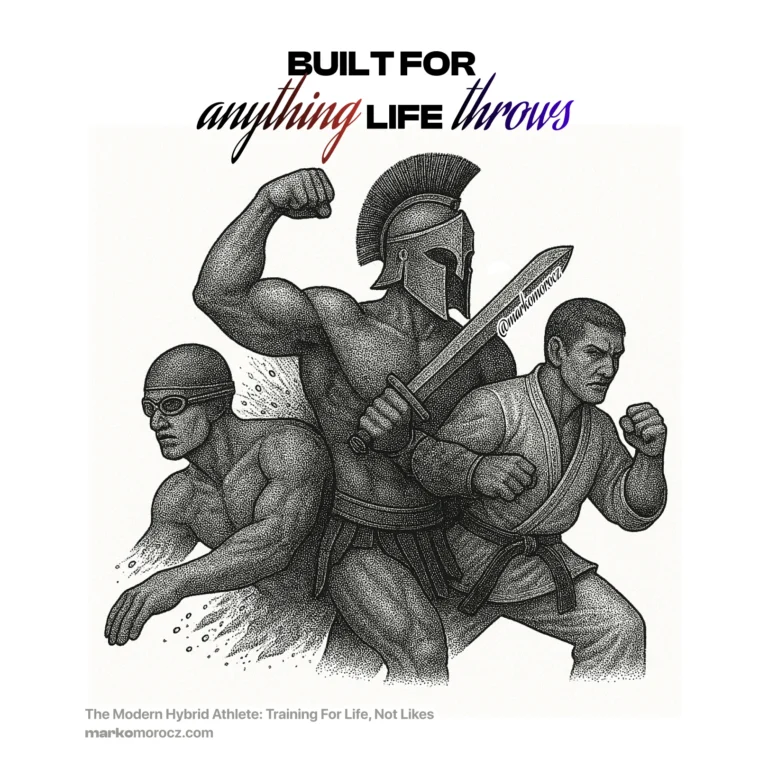Strength Training: Building Your Muscle Reserve Bank
You wouldn’t retire with zero savings. So why are you planning to age with zero muscle?
Every year after 30, you lose 3-8% of your muscle mass. By 80, most people have lost half their strength. They’re not living—they’re surviving.
But here’s the beautiful truth: Muscle is the only retirement account you can build at any age.

And unlike your 401k, it pays dividends immediately.
The Muscle Manifesto: Why Strength Trumps Everything
Muscle isn’t vanity. It’s medicine.
It’s your:
- Metabolic furnace (burns calories 24/7)
- Glucose sink (prevents diabetes)
- Armor against falls (the #1 killer after 651)
- Hormone optimizer (testosterone, growth hormone)
- Brain protector (yes, muscle prevents dementia2)
Never in human history has a 90-year-old said, “I wish I had less muscle.”
Yet most people train like muscle is optional. Like it’s about beach photos instead of deathbed regrets.
Wake up. Your muscle mass at 50 determines whether you’re in a nursing home or climbing mountains at 80.
The Strength Standards That Matter
Forget your bench press PR. Here are the only strength standards that matter for longevity:
The Essential Minimums:
- Grip strength: Carry your bodyweight (split between hands) for 60 seconds
- Get-up strength: Stand from the floor using one hand maximum
- Carrying capacity: Farmer’s walk with 50% bodyweight for 2 minutes
- Pulling power: 5 solid pull-ups (or 30-second dead hang)
- Explosive strength: 10 jump squats without joint pain
Can’t hit these? You’re not weak—you’re fragile. Big difference.
The 3-5 Method: Strength Building For Centuries
Dr. Andy Galpin’s 3-5 method is brilliantly simple3:
- 3-5 reps per set
- 3-5 sets per exercise
- 3-5 minutes rest between sets
- 3-5 exercises per workout
- 3-5 workouts per week
This isn’t random. It’s the sweet spot where:
- Heavy enough to build serious strength
- Light enough to maintain perfect form
- Enough volume to stimulate growth
- Enough rest to perform optimally
- Sustainable for decades
The Movement Hierarchy: What Actually Matters
Most people major in the minors. Bicep curls and calf raises while their foundation crumbles.
Here’s your priority list:
Tier 1: The Non-Negotiables
- Hip hinge (deadlift variations)
- Squat (goblet, front, or back)
- Push (push-up, dip, press)
- Pull (row, pull-up, lat pull)
- Carry (farmer’s, overhead, unilateral)
Tier 2: The Force Multipliers
- Turkish get-ups
- Single-leg work
- Rotational patterns
- Explosive movements
Tier 3: The Finishing Touches
- Isolation work
- Grip training
- Core specifics
- Mobility maintenance
Master Tier 1 first. Everything else is garnish.
The Eccentric + Isometric Advantage Nobody Talks About
Here’s what most miss: The lowering phase (eccentric) and holding phase (isometric) matter more than the lifting phase.
Why? Because life is mostly about controlling descent and maintaining positions:
- Walking downstairs
- Sitting down gently
- Catching yourself from falls
- Lowering objects safely
- Holding yourself steady under load
Eccentric strength prevents more injuries than any other quality4. Isometric strength builds the stability that keeps you unbreakable.
The protocol:
- 3 seconds lowering on every rep (eccentric)
- 2-3 second pause at bottom position (isometric hold)
- Full control, no momentum
- Explosive concentric (up phase)
This combination will revolutionize your strength and drastically reduce injury risk.
Grip Strength: The Crystal Ball Of Longevity
Grip strength predicts all-cause mortality better than blood pressure5.
Read that again.
Your grip is a window into your nervous system health, muscle quality, and overall vitality.
The Grip Prescription:
- Dead hangs: Build to 2 minutes
- Farmer’s walks: Work up to bodyweight
- Towel pull-ups: Humbling but effective
- Pinch grips: Plate pinches for time
- Rotation work: Sledgehammer or mace swings
No fancy equipment? Carry your groceries in one trip. You’re welcome.
The Power Of Unilateral Training
Life happens on one leg at a time.
Walking. Climbing stairs. Getting out of cars. Recovering from stumbles.
Yet most people only train bilaterally (both legs together).
Essential Single-Leg Work:
- Bulgarian split squats
- Single-leg deadlifts
- Step-ups (real ones, not tap-ups)
- Lateral lunges
- Single-leg box squats
Start with bodyweight. Add load gradually. Watch your imbalances disappear.
Blood Flow Restriction: The Longevity Multiplier
BFR training lets you build muscle with 20-30% of normal weight6.
How? By restricting venous return (blood leaving muscles) while allowing arterial flow (blood entering).
This creates:
- Massive metabolic stress
- Growth hormone surge
- Muscle protein synthesis
- Strength gains with light weight
Perfect for:
- Joint issues
- Recovery days
- Burnout sets
- Older adults
- Injury prevention
Get proper BFR bands. Follow protocols. Don’t be a hero with pressure.
The Muscle-Building Nutrition Non-Negotiables
You can’t build a house without bricks. You can’t build muscle without protein.
The Minimums:
- Protein: 0.8-1g per pound bodyweight7
- Timing: 20-40g protein within 2 hours post-workout
- Distribution: 4-5 servings throughout day
- Quality: Animal sources optimal, plant sources need combining
- Leucine: 2.5g minimum per meal for muscle protein synthesis
Skip the fancy supplements. Nail the basics first.
Progressive Overload: The Only Rule That Matters
Muscle responds to one thing: progressive challenge.
Same weight, same reps, same results. Your body adapts to survive, not thrive.
The Progression Hierarchy:
- Increase reps (8 → 10 → 12)
- Increase sets (3 → 4 → 5)
- Increase weight (smallest increment possible)
- Increase time under tension (slower eccentrics)
- Decrease rest (density training)
Document everything. What gets measured gets managed.
The Recovery Equation Most Ignore
Muscle isn’t built in the gym. It’s built in bed.
Training is the stimulus. Recovery is where magic happens.
Non-Negotiable Recovery:
- Sleep: 7-9 hours (when growth hormone peaks)8
- Protein timing: Every 3-4 hours
- Hydration: Half your bodyweight in ounces minimum (or 35ml per kg bodyweight)
- Active recovery: Light movement on off days (Zone 1 & Zone 2)
- Stress management: Chronic stress kills gains
Train hard. Recover harder.
The Age-Defying Strength Protocol
The rules change after 40. Not because you’re fragile—because you’re smart.
Modifications for longevity:
- Frequency over intensity: 4x/week moderate beats 2x/week crushing
- Full range of motion: Partial reps are partial results
- Control over load: Perfect form with less weight beats ego lifting
- Joint-friendly variations: Trap bar deadlifts, safety bar squats
- Built-in deloads: Every 4th week at 70% intensity
This isn’t about babying yourself. It’s about training for decades, not days.
Red Flags You’re Doing It Wrong
Your body whispers before it screams:
- Joint pain during or after training
- Declining performance despite consistency
- Chronic fatigue or poor sleep
- Frequent minor injuries
- Dreading workouts
- Plateau lasting >4 weeks
Listen. Adjust. Thrive.
The Compound Effect Of Consistency
Here’s what 5 years of consistent strength training delivers:
- 20-30 pounds of muscle gained
- 50-100% strength increase
- Metabolic age 10-15 years younger
- Bone density of someone 20 years younger
- Injury risk reduced by 70%
- Functional capacity doubled
Not in 5 weeks. In 5 years.
This is a long game. Play accordingly.
Your Strength Building Action Plan
Week 1-4: Foundation
- Master bodyweight movements
- Perfect form on Big 5 (hip hinge, squat, push, pull, carry)
- Establish baselines
- Build consistency
Week 5-12: Build
- Progressive overload weekly
- Add unilateral work
- Introduce carries
- Track everything
Week 13-16: Deload
- Reduce intensity 30%
- Focus on mobility
- Address weak points
- Prepare for next cycle
Repeat forever.
The Bottom Line
Strength training isn’t about impressing strangers at the gym.
It’s about impressing yourself at 100.
It’s about carrying your great-grandchildren without hesitation. Opening any jar without help. Getting off the floor without planning your route.
Every rep is a deposit in your muscle bank. Every session is compound interest.
The iron doesn’t lie. It doesn’t care about your excuses. It only responds to effort.
Your choice: Build strength now or beg for help later.
The bar is loaded. Deposit muscle. Withdraw life.
Got insights or burning questions about strength training? Drop them below!
References
- Centers for Disease Control and Prevention. (2023). “Nonfatal and Fatal Falls Among Adults Aged ≥65 Years — United States, 2020–2021.” MMWR, 72(35), 938-943. Falls are the leading cause of injury and deaths from injury among adults aged ≥65 years. ↩︎
- Sui SX, et al. (2021). “Skeletal Muscle Health and Cognitive Function: A Narrative Review.” International Journal of Molecular Sciences, 22(1), 255. ↩︎
- Galpin AJ. (2023). “Evidence-based recommendations for resistance training prescription.” In: Huberman Lab Podcast Guest Series. ↩︎
- Roig M, et al. (2009). “The effects of eccentric versus concentric resistance training on muscle strength and mass in healthy adults: a systematic review with meta-analysis.” British Journal of Sports Medicine, 43(8), 556-568. ↩︎
- Leong DP, et al. (2015). “Prognostic value of grip strength: findings from the Prospective Urban Rural Epidemiology (PURE) study.” Lancet, 386(9990), 266-273. ↩︎
- Patterson SD, et al. (2019). “Blood Flow Restriction Exercise: Considerations of Methodology, Application, and Safety.” Frontiers in Physiology, 10, 533. ↩︎
- Morton RW, et al. (2018). “A systematic review, meta-analysis and meta-regression of the effect of protein supplementation on resistance training-induced gains in muscle mass and strength in healthy adults.” British Journal of Sports Medicine, 52(6), 376-384. ↩︎
- Dattilo M, et al. (2011). “Sleep and muscle recovery: endocrinological and molecular basis for a new and promising hypothesis.” Medical Hypotheses, 77(2), 220-222. ↩︎
